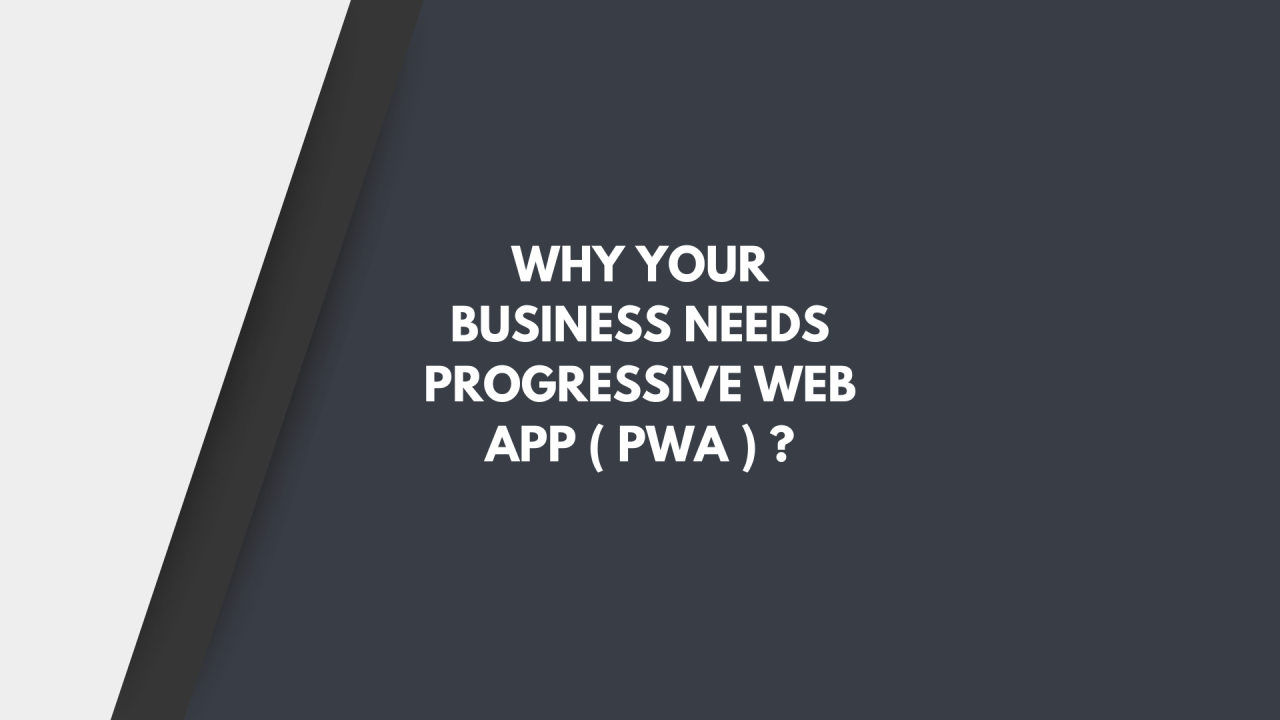Lost in the Land of Pins - Why you need a Progress Web Application (PWA)

Pinterest is my recent obsession. One moment I’m searching for classy dresses and businesswomen suits, and the next, a cute dining area setup pops up and I start imagining it as part of my own house. Then suddenly, skincare tips appear — omg, it’s so addictive. I’m pretty sure all girls can relate to this!
Pinterest is like that one friend who says, "Let’s just window shop," and then suddenly you’re planning a DIY wedding, a farmhouse kitchen makeover, and a birthday party for a dog you don’t even own. One minute you’re looking up dinner recipes, the next you’re deep into "How to knit a cactus" tutorials. It’s the Bermuda Triangle of productivity — you go in for five minutes and emerge three hours later with 47 new boards, a burning desire to become a minimalist, and zero actual dinner plans.
Well, you don’t need interruptions when you’re planning such important things, right? So here’s the coolest part — Pinterest lets you do this offline, so you can stay obsessed with it anytime, anywhere.
Progressive Web App (PWA)
A normal website works only when you're online and you have to visit it through a browser every time. It doesn’t send notifications, can be slow on weak networks, and you can’t "install" it like an app.
A Progressive Web App (PWA) is a website that acts like a mobile app. You can open it in your browser like any normal site, but you can also add it to your home screen, use it offline, and even get push notifications. It’s fast, works on any device, and doesn’t need to be downloaded from an app store. Apps like Pinterest, Twitter, and Starbucks use PWA to make their websites feel more like real apps, giving users a smooth and easy experience without taking up much space.
What made PWAs the New Era
Progressive Web Apps (PWAs) have truly started a new era in the world of web development. They bring together the best parts of websites and mobile apps, making things faster, easier, and more accessible for users. Since they can work offline, load quickly, and be installed right from the browser without using an app store, they’ve become super convenient. For companies, PWAs are cost-effective because one version works across all devices.
Scope in 2025
In 2025, the scope of PWAs is only growing stronger. As people rely more on mobile devices and expect faster, smoother experiences, companies are turning to PWAs as a smart solution. They’re cheaper to build than native apps, easier to maintain, and reach users across all platforms — without needing an app store. Plus, with features like offline access, push notifications, and lightning-fast load times, users get the feel of a real app, just through a browser. With major brands already on board and technology constantly improving, PWAs are clearly becoming the new normal in how we interact with the web.
What's stopping you from choosing a PWA ?
Honestly, what’s stopping anyone from choosing PWA now? It’s fast, reliable, works offline, and gives you everything a regular app does — without taking up space or needing constant updates. Sure, it might not work exactly like a native app in every case, especially for super complex features, but for everyday apps like Pinterest, it’s perfect. It’s like having your favorite obsession on speed dial — always ready, never laggy.
Conclusion
To sum it all up, Progressive Web Apps are not just a tech trend — they’re a smart, user-friendly shift in how we experience the internet. With the perfect mix of speed, convenience, offline access, and app-like features, PWAs offer something that regular websites and even native apps can’t always provide.
The smooth performance, the ability to stay connected even without Wi-Fi, and the fact that you can use them just like real apps without cluttering your phone — it all adds up to a better digital experience. For users, it means quick, reliable access to the content they love. For businesses, it means reaching users in a faster, more cost-effective way. As we move further into 2025 and beyond, it’s safe to say that PWAs are not just part of the future — they are the future, and they're already shaping the way we browse, connect, and interact online.
